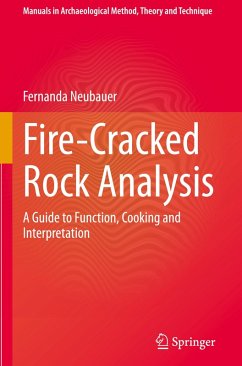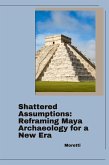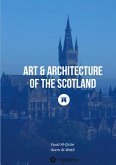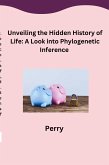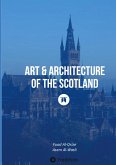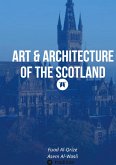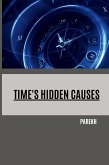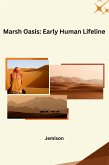This volume is the first manual book to address fire-cracked rock (FCR) or fire-affected rock analysis, thus filling a significant gap in the market and in the existing literature. This book develops a method and theory for how FCR was used, to familiarize readers with a new approach to FCR analysis. The book provides a history and background of fire-cracked rock and leads the reader through the entire process of identifying, categorizing, and analyzing FCR and related features, from the first steps through to interpretations of function, use-alteration, fracturing patterns, experimentation, ethnographic/ethnohistoric uses, and so forth. In addition to exploring the fundamentals of FCR analysis, the book will also cover new and cutting-edge techniques.
This manual is designed to walk archaeologists from step one of FCR analysis to final advanced interpretations of use. It is meant to serve as a laboratory and field guide for students and professionals, containing illustrations, photographs, and case studies in order to familiarize readers with the identification and analysis process while also providing a theoretical and methodological guide for advance academic and cultural resource management research. Thus, this book is meant to target a wide global audience and spatiotemporal range, spanning hundreds of millennia of the human experience, from paleoanthropology and the early adoption of fire through to the present.
Where FCR was once simply quantified according to weight and size, this book will transform it into a significant diagnostic artifact in the study of ancient foodways and domestic life. At sites where organic preservation is poor to non-existent, and the quotidian sphere is obscure, the use of FCR to determine cooking methods and everyday life will come as a breakthrough. This will be a pioneering manual for the study of FCR, focusing on the ways practicing archaeologists can infer function from their FCR collections.
This manual is designed to walk archaeologists from step one of FCR analysis to final advanced interpretations of use. It is meant to serve as a laboratory and field guide for students and professionals, containing illustrations, photographs, and case studies in order to familiarize readers with the identification and analysis process while also providing a theoretical and methodological guide for advance academic and cultural resource management research. Thus, this book is meant to target a wide global audience and spatiotemporal range, spanning hundreds of millennia of the human experience, from paleoanthropology and the early adoption of fire through to the present.
Where FCR was once simply quantified according to weight and size, this book will transform it into a significant diagnostic artifact in the study of ancient foodways and domestic life. At sites where organic preservation is poor to non-existent, and the quotidian sphere is obscure, the use of FCR to determine cooking methods and everyday life will come as a breakthrough. This will be a pioneering manual for the study of FCR, focusing on the ways practicing archaeologists can infer function from their FCR collections.

